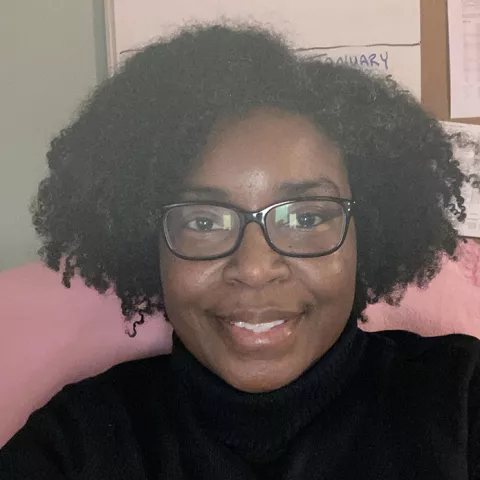The 1991 documentary, Praise House: A Tradition, dives deep into praise houses and what they meant to enslaved Africans.
In her book, “A Peculiar People: Slave Religion and Community-Culture Among the Gullahs," Margaret Creel defined praise house as a place of worship for the African Americans on each plantation. In the Gullah dialect, “prayers” is pronounced “praise”... thus resulting in the term, praise house.
"It seems to me that this system that was really intended for no good did in fact prove good because it became the context in which slaves could physically be down, but spiritually stand up. -- Reverend Kenneth Doe
Praise houses were erected as a place of worship on the plantation, but the real intentions were to keep enslaved Africans from mingling with others on different plantations. Despite the controlled measures, the praise house become the center of the community for enslaved Africans and where freedom was most experienced.
Side Note:
After watching this documentary, you can learn more about Praise Houses below:
- Check out Urban Bush Women: Bringing Praise House to the Stage (1991)
- Check out the Praise House interactive on KnowItAll.org - GullahNet
- View this segment from another program from our vault, Praise Houses | 27:Fifty (1992)
- Listen to this segment from Walter Edgar's South Carolina A to Z, "P" is for Praise Houses.
For more Black history content, check out the Black History Month page. Visit the digital series, ETV Classics, to watch more gems from South Carolina ETV's vault.

